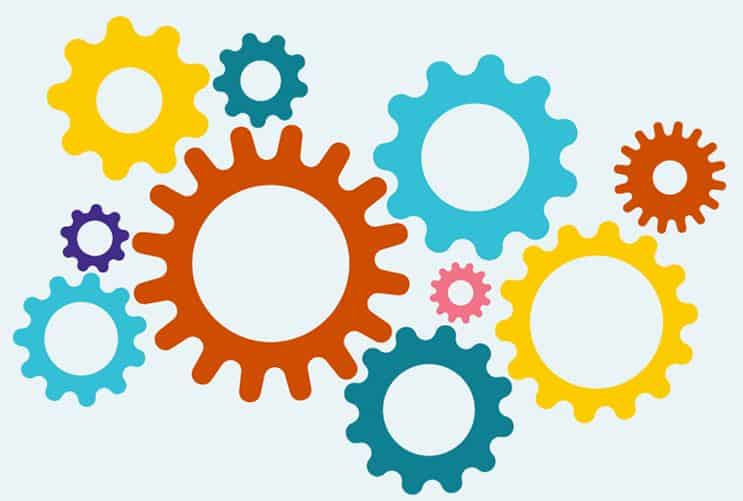Startups today face a relentless market. Finding an edge is crucial, and often, that edge comes down to efficiency. If you’re part of a growing fintech-focused startup, you’re likely familiar with the constant push to stay ahead. Traditional trading methods simply don’t cut it anymore—human error, slow reactions, and emotional bias all play a role. But there’s a way to change that.
Enter automated trading solutions.
Automated trading systems have been around for a while, but they’ve grown more sophisticated, accessible, and essential for startups looking to sharpen their investment strategies. They can transform the way you approach both short-term and long-term investments. And yes, like it or not, the machines are here to make money fast—but only if you know how to harness their full potential.
So What Exactly Is Automated Trading?
Not as complicated as it sounds. Automated trading solutions allow you to set a predefined set of rules or conditions for buying and selling assets. These platforms take control once set up, executing trades at high speed when certain conditions are met, without the need for human involvement.
Think of it like programming a robot to react instantly to shifting market indices. It eliminates the fear, bias, and emotion from investment decisions—something humans are notoriously bad at avoiding. Instead, decisions are based purely on logic.
No hesitation. No reconsideration. Just execution.
Why Does It Matter for Startups?
There’s a simple truth to startups: resources are tight. You don’t have the luxury of large teams, and spending hours “figuring out” the market just isn’t sustainable. Time is money, especially when you’re trying to scale. Automated trading offers a way to cut back on manual efforts, while still delivering results that a team of human traders could produce—if not better.
Without automation, every trade becomes a manual decision, meaning you or whoever is in charge of investing has to spend valuable time researching, reacting, and balancing strategies. This just doesn’t resonate with the fast-paced, “fail fast, fail often” mantra most startups live by.
Additionally, automated solutions help mitigate risk. Humans panic, markets shift, and then poor decisions follow. Automation allows trades to happen based on data, not on impulse.
Getting the Most From It Without Risking Everything
Here’s the thing about automated trading: it’s not foolproof. Just because it’s automated doesn’t mean it’s a “set-and-forget” solution. There’s still strategy involved. You need to stay on top of trends, and you need to know when to tweak your rules. Following the market without any human oversight is a guaranteed way to get burned eventually.
Start simple. Start by using the automation to complement—not replace—human discretion.
- Backtest your strategies. Most platforms enable backtesting, meaning you can simulate how the strategy would have worked based on past data. The market doesn’t behave exactly the same way over time, but if you’re noticing red flags in your simulated results, it pays to revisit your automation setup.
- Set risk parameters. There’s no reason why automation should accelerate loss. Make sure you’ve got strong stop-loss triggers in place and that you’re not investing money you can’t afford to lose. The bigger the risk, the bigger the potential burn.
- Start small. You’re trying to make an impact, but diving headfirst into full automation can lead to headaches. Scale gradually, testing as you go along. Understand the nuances—nothing replaces learning from real-world experience.
Conclusion
Not every startup is the same, and you need to assess if automated trading aligns with your goals. If you’re bogged down by manual processes, automation will free up time, allowing your team to focus on innovation, strategy, and scaling. However, it requires a degree of trust and regular monitoring to ensure it fits with your general business goals.
The bottom line is this: bringing an automated trading solution into your startup could be game-changing, but success won’t come just by turning on the machine. Plan carefully, and use the time it saves wisely.
The future is automated—but only winners know how to use it right.
Sources:
https://www.investopedia.com/articles/trading/11/automated-trading-systems.asp
https://www.ig.com/en/trading-platforms/algorithmic-trading/what-is-automated-trading









